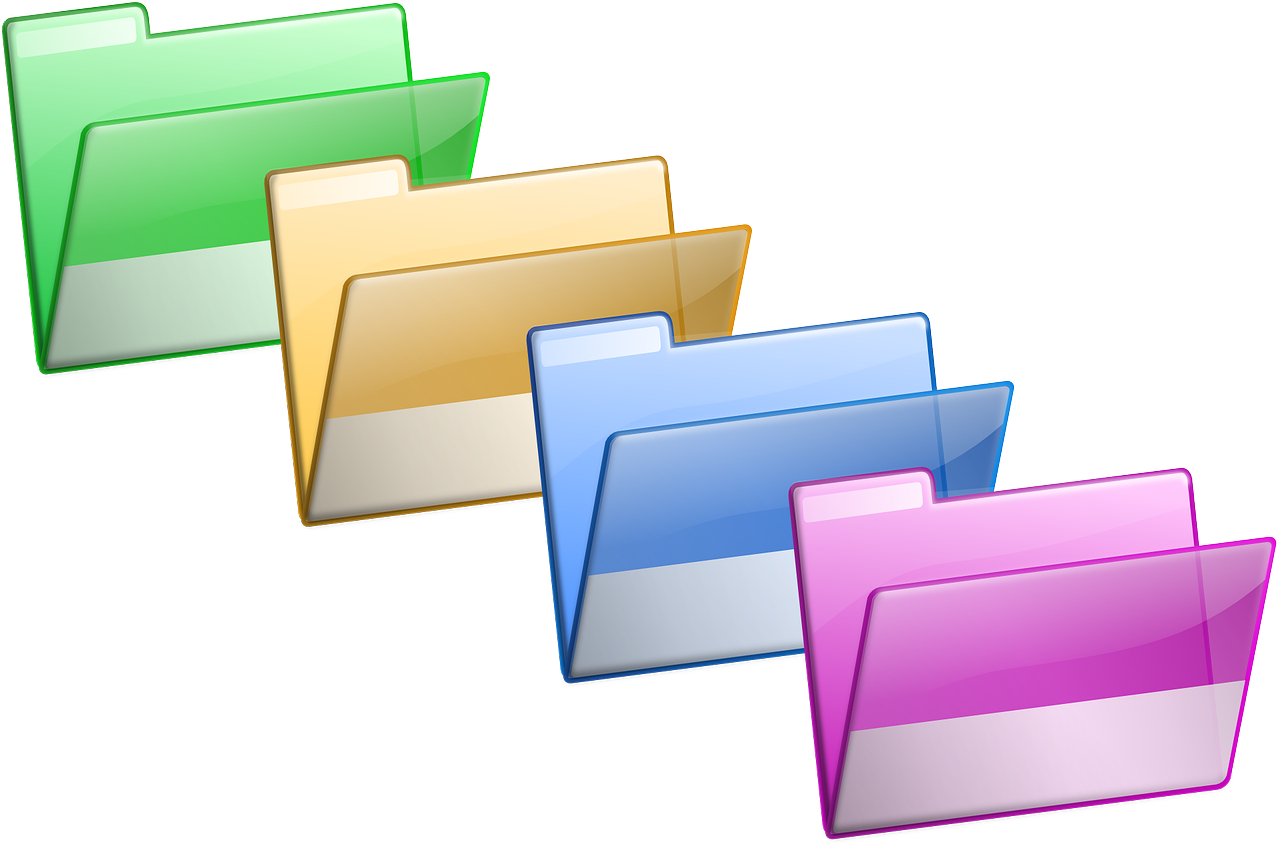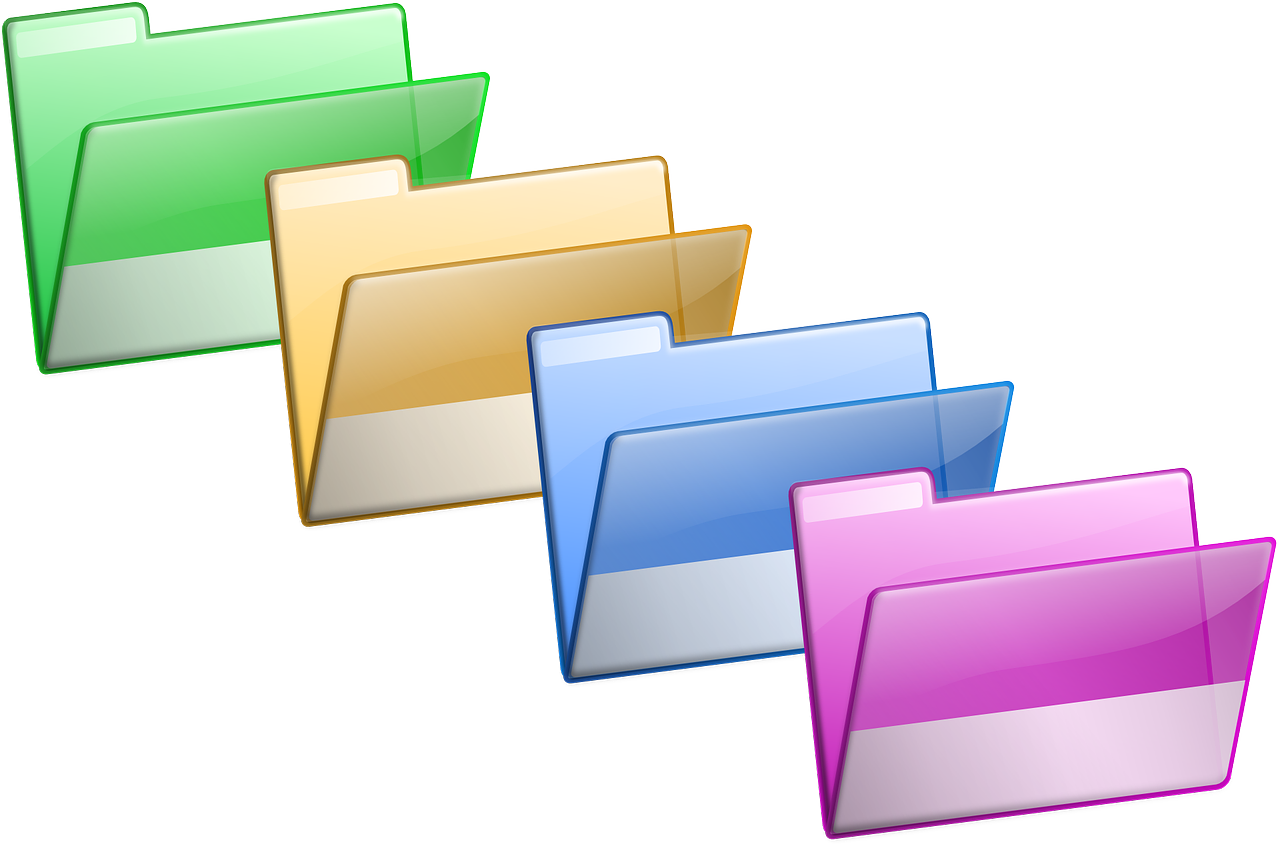
Over the past several years, the number of dossiers being submitted in electronic Common Technical Document format has increased in both the United States and the European Union.
As such, pharmaceutical companies should understand this format.
What is the Electronic Common Technical Document?
The electronic Common Technical Document is a format used to submit information on the quality, safety, and efficacy of a pharmaceutical or biologic to an agency for approval.
In 2008, it became the standard format accepted by the Center for Drug Evaluation and Research and the Center for Drug Evaluation and Research.
Although the electronic Common Technical Document is not required for submissions in the United States at present, the Food and Drug Administration announced in 2009 that it will become the standard format in the future. As such, agencies such as the Food and Drug Administration encourage companies to use this format to submit drugs and biologics for approval.
The electronic Common Technical Document contains five modules. The first module consists of regional administrative and prescribing information and is specific to a region. The other four modules are not region specific.
Module 2 includes overall quality summary, nonclinical overviews and summaries, a clinical overview, and clinical studies. In Module 3, information on the quality of the product is included. Nonclinical and clinical study reports are included in Modules 4 and 5, respectively.
Advantages of Using the Electronic Common Technical Document Format
Submitting the application in the form of an electronic Common Technical Document has a number of advantages. The electronic Common Technical Document enables the information to be submitted in a readily available format.
It is easy to navigate and allows information to be retrieved quickly. Therefore, the personnel can support the documents throughout the lifecycle of the submission. It also requires less paper.
As such, submitting an electronic Common Technical Document enables quicker access and retrieval of information, improved quality of data, increased ability to reuse documents, and better manageability of a submission.
The document is also more standardized than other submissions and can be used in the United States, the European Union, Canada, and Japan. Therefore, pharmaceutical companies also looking to market a drug or biologic internationally can avoid preparing multiple submissions.
Disadvantages of Using the Electronic Common Technical Document Format
The format is not without its disadvantages. The correct xml structure needs to be used, and some documents need to be in portable document format (PDF). Therefore, paper documents may need to be scanned into a computer.
Both bookmarks and internal and external hyperlinks within the documents must work. There are also requirements for the size of and the magnification of the bookmarks within PDFs. Therefore, specific tools or software may be required to generate these hyperlinks and bookmarks. Some examples of software include ISI Writer and ISI toolbox.
In some cases, the hyperlinks may need to be manually inserted and tested. As such, people technically trained to use these tools or an outside publishing company that specializes in the electronic Common Technical Document submissions may need to be recruited. The Food and Drug Administration does not endorse any one company or software package; however, companies that specialize in these submissions can be found via internet searches.
Some critics also argue that the format is too granular. It requires changes in the way people work, and some employees may be loath to make these changes. Making last-minute changes can also pose a challenge, and regional rules may vary. Therefore, pharmaceutical companies may have to change their structure and management style to accommodate a submission in this format.
Conclusion
As the electronic Common Technical Document format becomes more common, pharmaceutical companies should become more familiar with its structure and the documents to include within it. This will decrease the chances of a submission being rejected by the Food and Drug Administration and other agencies.
For Further Reading
http://www.accessdata.fda.gov/scripts/cder/training/eCTD/submit/submit/index01.htm

